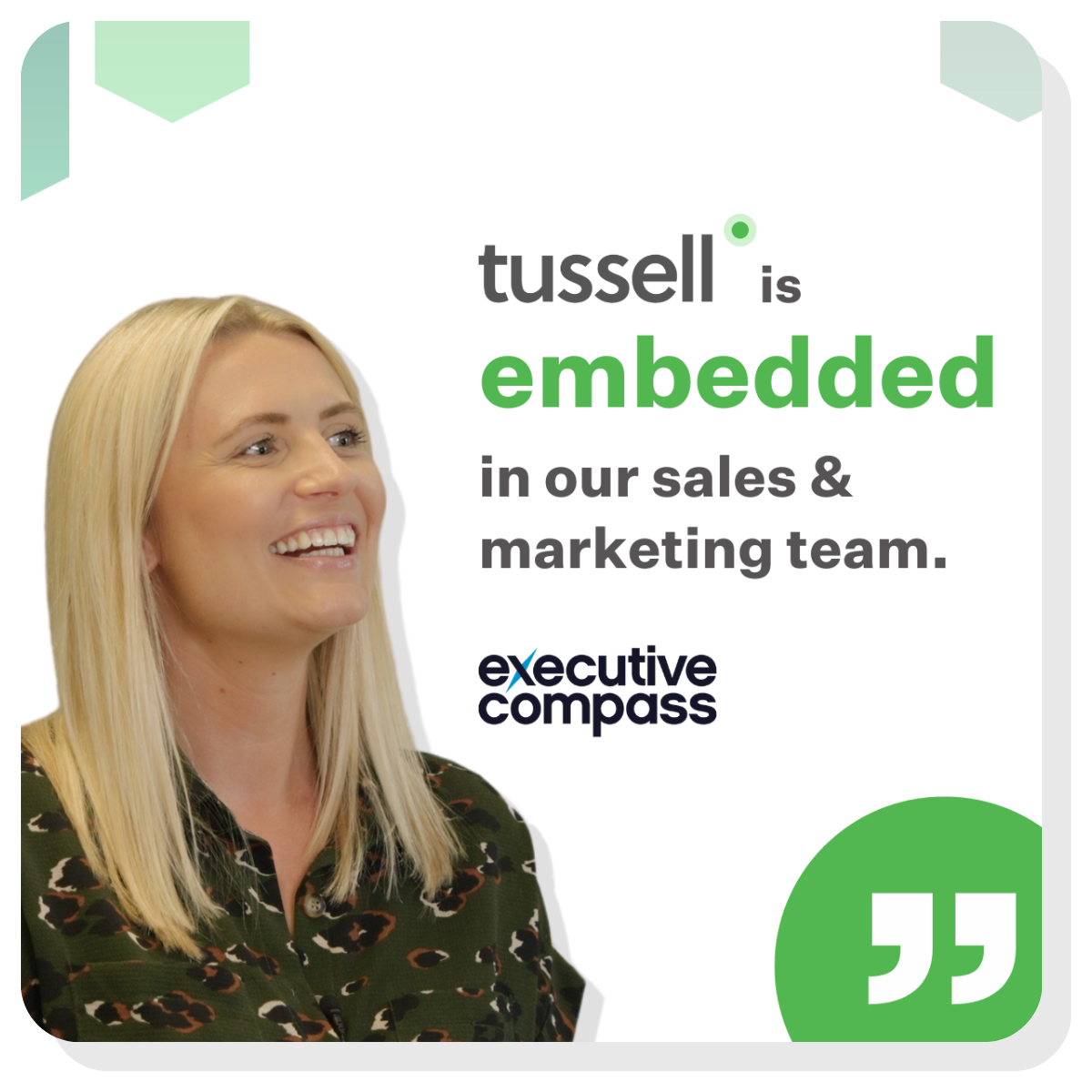Breaking into the public sector market isn’t just about writing a strong bid - it’s about building the right relationships early on.
The challenge for most suppliers is determining who the actual decision-makers are. Government organisations can feel opaque, and titles don’t always reflect who holds the real influence over budgets or procurement decisions.
In this guide, we’ll walk you through how to identify the key stakeholders you need to know, and where to find them.
Skip ahead to read about:
- How to find Procurement Officer contact details
- How to find Public Sector Decision-Maker contact details
- How to find Public Sector End-Users and Front-Line Staff
- When to reach out to public sector stakeholders
- Conclusion
👫 What types of government stakeholders are there?
Not all stakeholders play the same role in the buying cycle - but, all too often, marketers, bidders and sales professionals treat each as the same.
For the purpose of public sector sales, government stakeholders can generally be grouped into three categories
-
Procurement Officers - the people who manage tendering processes and ensure compliance with regulations;
-
Budget Holders / Decision-Makers – senior officials or directors who control funding (e.g. Chief Finance Officers, Programme Directors) or high-level stakeholders who make procurement decisions;
-
End Users – frontline staff who will use your product/service and can influence specifications.
👉 Successful suppliers engage with all three groups: budget holders and decision-makers to secure buy-in, end users to shape requirements, and procurement to navigate the formal process.
And, for each of these groups, you'll find their contact details in different places.
👥 How to find Procurement Officer contact details
Finding procurement officer contact details is often the easiest part of stakeholder mapping.
🔎 Look at Find a Tender (FTS) notices - almost every type of notice, from early market engagement through to tender publications and contract awards, will include a named contact person and email address. If you’ve got questions about an upcoming procurement, this is usually the best place to start.
📊 Use market intelligence tools – platforms like Tussell aggregate these contacts in one place. With Tussell, you can download a full list of procurement officers associated with a particular organisation, and even see the last time each officer published a notice - helping you confirm that they’re still active in their role.
👉 Have a backup plan - sometimes the listed officer won’t respond. In that case, check for other recent notices from the same buyer in your sector, and reach out to those procurement officers instead. It improves your odds of connecting with someone engaged in the category you care about.
💼 How to find Public Sector Decision-Maker contact details
Unlike procurement officers, identifying decision-makers in government is much trickier - it often requires research, persistence, and a bit of educated guesswork.
Every public sector organisation has its own hierarchy, decision-making pathways and job titles. That makes it difficult to know which roles you should even be looking for.
If you already have a relationship with your target buyer, leveraging existing connections is often the best starting point. Networking events and 'meet the buyer' events can also help - though there’s no guarantee the stakeholders you need will be in the room. (If you want to guarantee some level of success, many event organisers offer 'guaranteed meetings / lead gen' as part of the paid sponsorship packages).
For a more granular approach, preliminary market engagement days give you a direct line to the people shaping a specific procurement. These are invaluable - so make sure you're tracking PME notices on either Tussell or elsewhere!
LinkedIn is another powerful tool. Start by searching for job titles on your target buyer’s company page - for example, “Commercial Director,” “Head of Procurement,” or “Programme Manager.” This can surface individuals who play a role in shaping or managing procurement decisions.
⚠️ But here’s the catch: in government departments and arms-length bodies (ALBs), the people driving decisions won’t always appear under that organisation’s LinkedIn profile. Many senior civil servants are officially employed by the Civil Service or a parent department, rather than the ALB itself. That means you may need to look more broadly - exploring the parent department’s listings, related agencies, or even searching by specific keywords instead of organisation.
Tussell users have a much simpler pathway to finding decision-maker contact details. Users can access a regularly-updated database of 80,000+ public sector stakeholders - and filter by job title, level of seniority, buyer, region and more.
💡 Tip: Decision-making is rarely down to one person. Use Tussell to build a list of 6-12 senior stakeholders in your target account to reach out to via phone, email or LinkedIn. Engaging several contacts boosts your chances of finding the real decision-maker.
👩⚕️ How to find Public Sector End-Users and Front-Line Staff
Engaging with end-users and front-line staff is a powerful way to understand the real problems your solution needs to fix. Their buy-in also increases adoption of your product or service - and boosts your chances of renewal when contracts come up for expiry.
Industry events can often be a great way of meeting front-line staff. (Read our blog on the top 25 public sector events to find key ones in your sector!)
You can also use Tussell's key decision-maker module to quickly identify the managers who lead teams likely to use your service day to day, giving you higher-level contacts to approach for insight.
💡 Tip: End-users are closest to the problem. Talking to them early helps you shape tenders in your favour and position your solution as the best-fit option.
📩 When to reach out to public sector stakeholders
In public procurement, compliance is everything - misstep, and you risk ending up on the Cabinet Office’s supplier blacklist.
Once a procurement process has officially started, the rules around engagement tighten considerably.
As soon as you see a preliminary market engagement notice or a tender notice, your communications must usually go only through the named procurement officer. Any marketing to decision-makers at this stage - especially if it relates to the tender in question - can be seen as canvassing, and put your bid at risk.
That’s why early visibility of opportunities is key. By spotting signals before the procurement formally begins, you can build relationships, shape specifications, and position your solution ahead of competitors.
Look out for:
-
Pipeline Notices – published annually, setting out buying intentions for large contracts over the next 18 months.
-
Expiring Contracts – tracking renewals lets you approach buyers before a re-tender, challenging incumbents.
-
Early Opportunities – hidden in strategy documents, procurement pipelines, meeting minutes and more. These can reveal upcoming budgets, projects and pain points months (or even years) before a tender hits the market.
Manually tracking all this data takes serious time and resources. With Tussell, you don’t have to. Our platform collects, cleans, and enriches early buying signals across the public sector - including the NHS, Local Government, and Central Government.
Better still, you can jump straight from an early opportunity to a curated list of key stakeholders at that account - giving you the head start you need to influence the buying cycle compliantly and effectively.
🌟 Conclusion
Breaking into the public sector isn’t just about submitting strong bids - it’s about knowing who to talk to, when to talk to them, and how to do it compliantly.
Procurement officers, decision-makers and end-users each play a different role in shaping outcomes, and successful suppliers engage with all three.
The earlier you can identify opportunities and start building relationships, the stronger your position will be when tenders go live. But manually piecing this intelligence together takes significant time, expertise, and resources.
That’s where Tussell comes in. Our platform gives you access to early buying signals and a database of 80,000+ public sector stakeholders - helping you spot demand early, connect with the right people, and win more business.
👉 Book a chat with our sales team to see how we can help you find and engage with the right public sector stakeholders before your competition.




%20v1.png)









.png?width=815&height=200&name=For%20skills%20how-to%20%20(6).png)

.png?width=815&height=200&name=For%20skills%20how-to%20%20(1).png)


